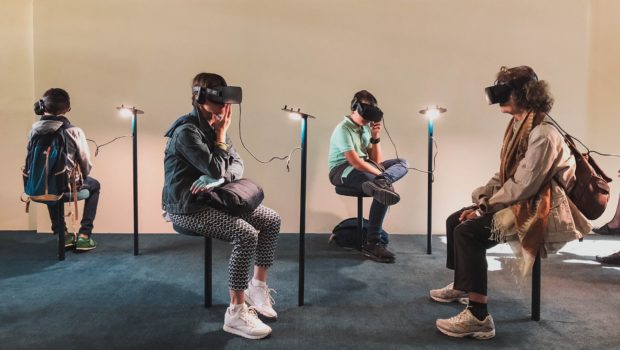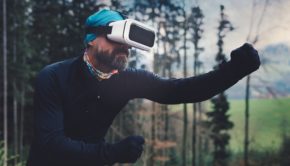Technology Trends for 2030 – A Case Study
The decade has only just begun, but we have already cast an eye towards the next decade of 2030. Or at least a global survey by the technology firm Ericcson has, where it has identified some pretty interesting trends in technology and what people are most looking forward to. It’s been running for 9 years and is released annually and so, has some following now and findings that are worth reviewing.
This year’s survey was taken by over 7,600 people from all over the world including cities like Moscow, Mexico City, Jakarta, Johannesburg, London and New York with at least 500 people from each city to give a good cross-section of views and responses. These were skewed towards tech-savvy people, however, as the criteria for respondents was age range 15-69 and that were using AR or VR in their daily lives or intended to use the technology.
What did the study find?
Some of the most interesting findings were around sensory augmentation and what digitization could do to enhance or aid senses of touch, sight, taste, etc which is something digitogy.eu/fr ties to mimic with its products.
The AR glasses for example would be much slicker and intuitive than the google glasses that shot to fame a few years ago, and just as quickly disappeared from the landscape. They would provide the user with information linked to the brain i.e. thought control, so without any manual interface like keyboard or voice input the device would know what information was required by interpreting cues from the brain.
For example, the user may look to the sky as they prepare to leave the house and instantly the glasses would display the weather forecast for the local area and the next few hours. The user may be at a restaurant and see a long friend’s wife, but struggling to remember the name of the wife, the glasses would retrieve that information and display it right there on the lens thus avoiding a potentially awkward situation.
Being able to feel materials of clothes and items for sale was high on people’s minds. As 62% of those surveyed wanted to have that ability to make shopping online more like the real thing and a better way to judge what they were buying. So, types of digital fabric or simulated material could be a key conversion tactic for e-retailers in the new decade.
Sound was another sense that people wanted more control over, with 54% welcoming the technology that could create a customized sound bubble for the user. Headphones and noise cancellation headsets do this to some extent, but only have a singular input and tend to block out all other ambient sound but devices of the future could allow ears to tune into certain frequencies, desirable sounds only, or pre-programmed notifications and sounds.
42% of respondents believed “digital adventures” would be popular and actually supplant actual holidaying. In the current global pandemic, calls for this must be getting stronger as it’s options would be limitless and certainly much safer.
Finally, one of the most interesting takeaways from the report was that sensory taste could be digitally enhanced by 2030. Chips, the electronic variety, or devices could be implanted so that bolder flavors could be released with each mouthful or the user’s favorite tastes could be replicated each time. As creatures of habit and regular visitors to chain restaurants, is the preference for consistency in taste stronger than the desire for new and unexpected tastes?
This is an interesting question and perhaps one which can’t be answered until the technology is actually here and in operation. Although these reports give us a glimpse into the future, they are only wish and fantasy for the time being, and what society wishes for may not necessarily be what gets produced or what is commercially viable.
Where users have a medical need for these augmentations, the argument for developing them is strong. Like people who have lost the ability to speak would benefit from devices to read their thoughts out aloud or people who have lost mobility could travel to Egypt and see and move around the pyramids in a virtual world. But for the masses to adopt such technology, it still has to be hip or discreet enough for mainstream users to consider it cool, and that is perhaps why Google Glasses ultimately failed.
Photo by Lucrezia Carnelos on Unsplash








![Discontinued Cars [Infographic]](https://technofaq.org/wp-content/uploads/2017/10/discontinued-cars-150x150.jpg)







